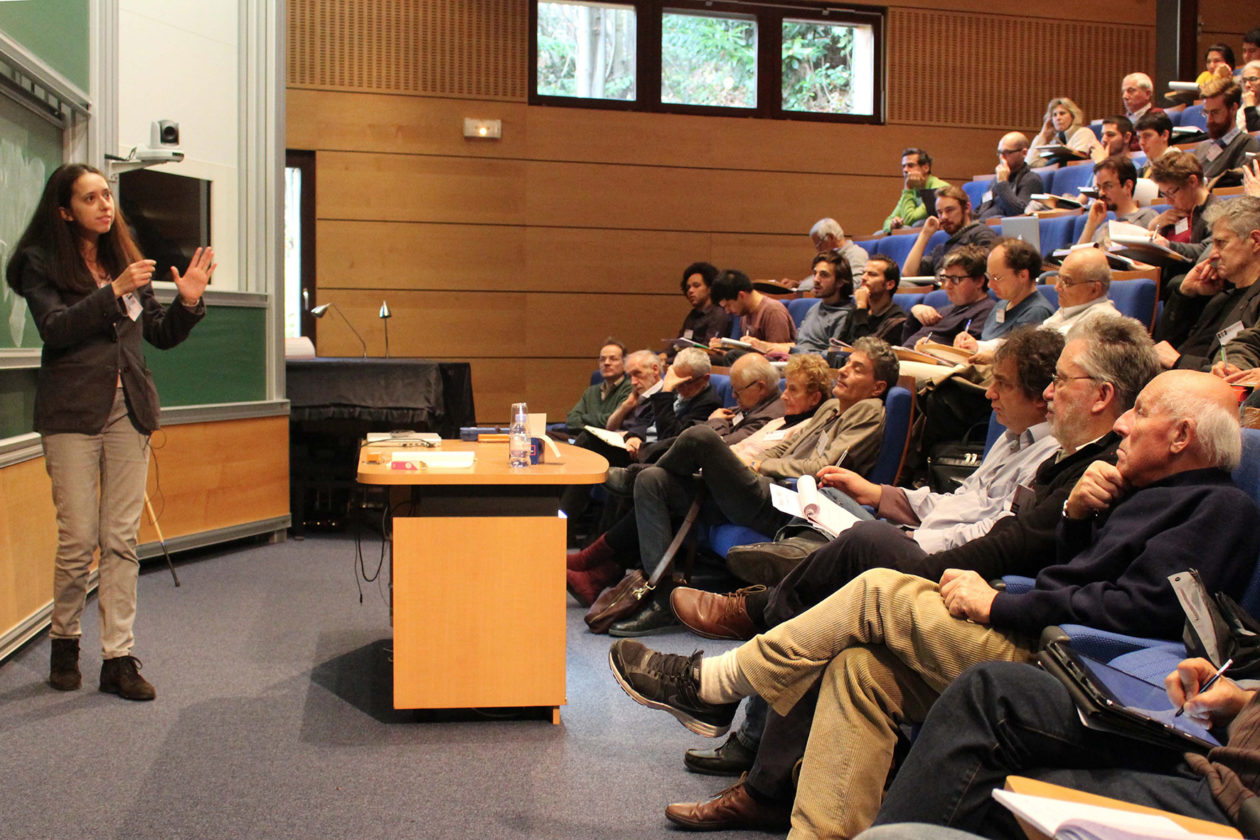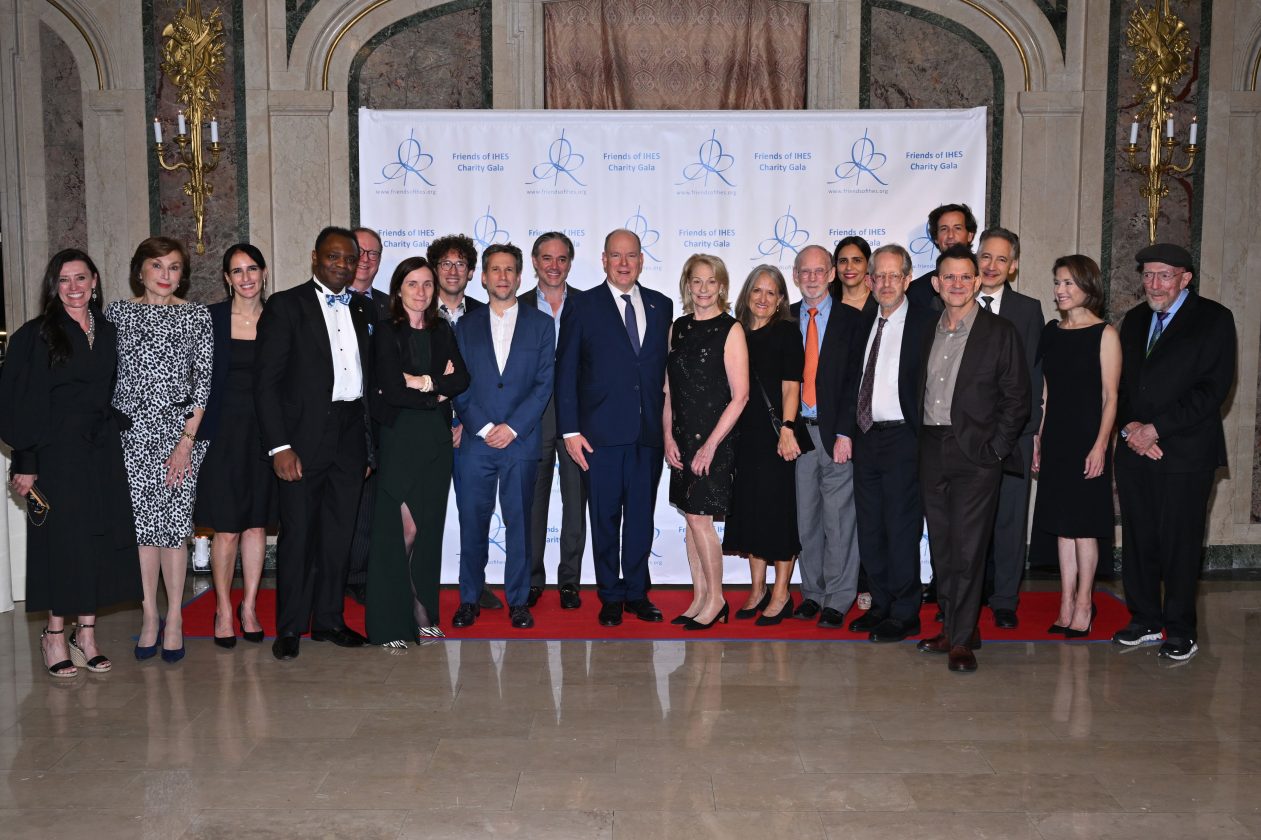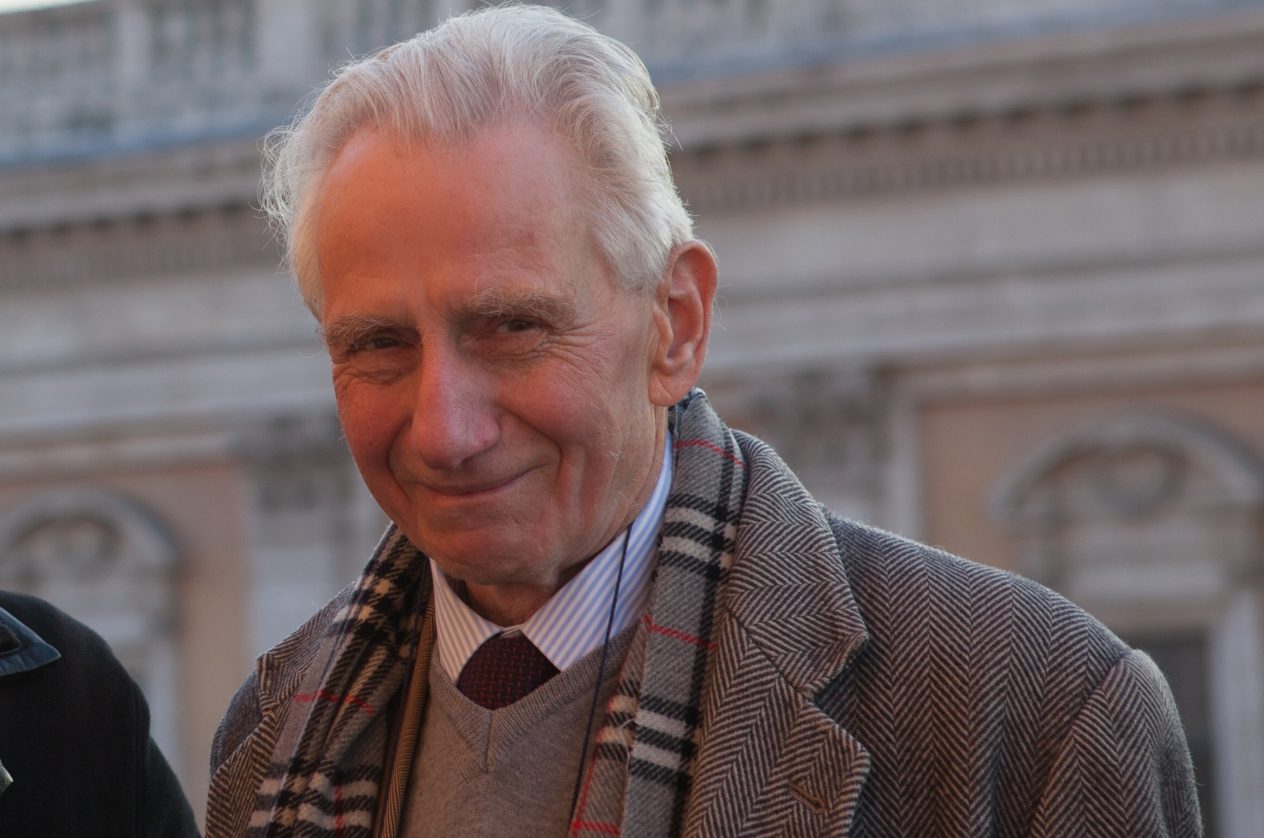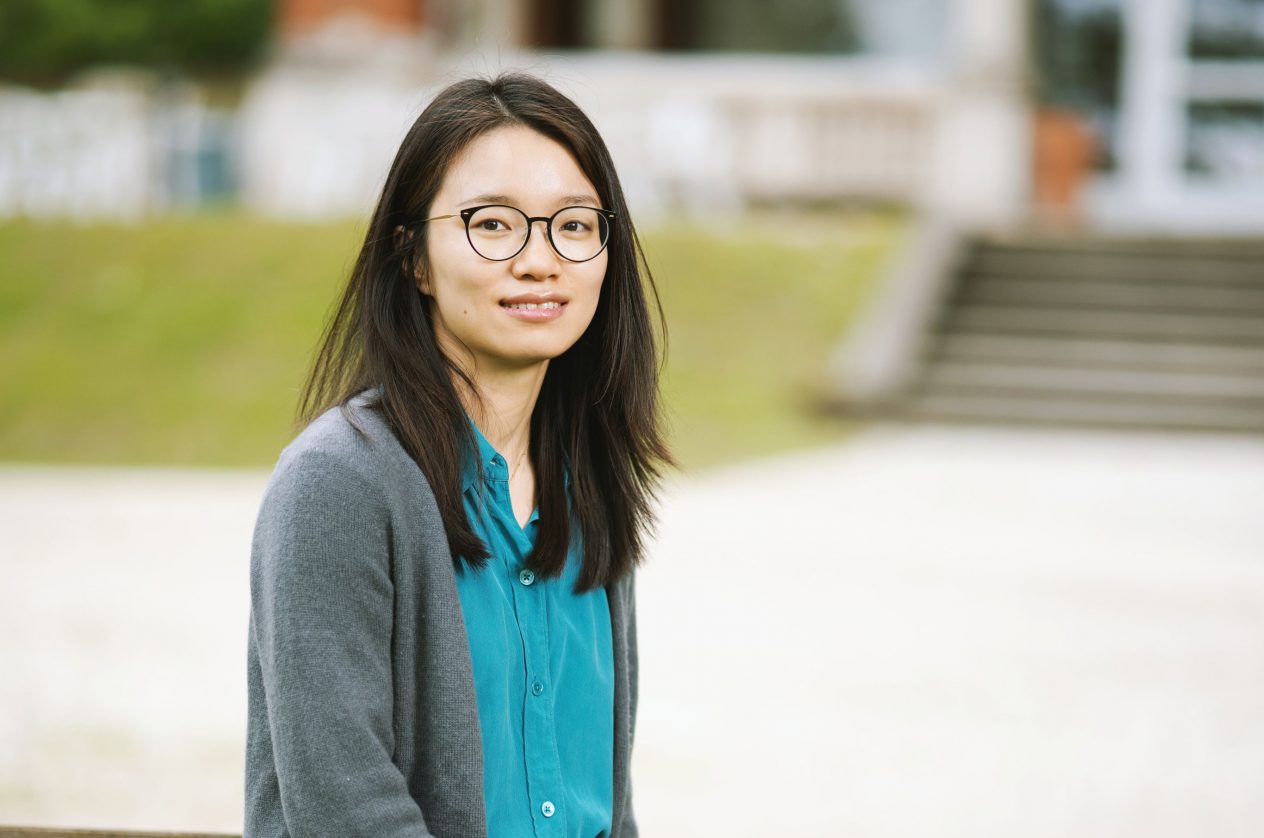 Event
Event
Topos à l’IHES
“A. Joyal and I gave introductory lectures on the first two days, followed by three days of presentations: 11 plenary presentations and 11 short presentations, mostly given by young researchers.There were over 100 participants,especially during the first two days, which enabled many people to become familiar with the topic.Videos of the lectures and presentations have also been viewed extensively online.
The conference illustrated the fruitfulness and impact of the notion of topos – introduced by A. Grothendieck at IHES in the 1960s – on various mathematical fields such as algebraic geometry, number theory, mathematical logic, functional analysis, topology and mathematical physics. The unifying nature of the notion of topos had already been glimpsed by Grothendieck, who compared the topos theme to a “bed” or a “deep river” realising a union between “the world of continuum and that of discontinuous or discrete structures”, that makes it possible “to perceive with finesse, by the same language rich in geometric resonances,an “essence” which is common to situations most distant from one another”
After Grothendieck’s introduction of toposes as purveyors of cohomology invariants useful in
algebraic geometry (in particular in relation to Weil’s conjectures), new insights on the concept of topos emerged. According to W. Lawvere and M. Tierney, toposes can be seen as sorts of mathematical universes in which the familiar constructions on sets remain possible, but which have each their own properties. In addition, the theory of classifying toposes enables to associate to any mathematical theory of a very general form a topos which embodies its “semantic content”.
More recently, toposes have started being used as sorts of “unifying bridges” making it possible to link different mathematical theories together, to generate and study dualities and equivalences, to transfer ideas and results from one mathematical field to another and to demonstrate new results within a given theory.” Olivia Caramello.
All videos are on YouTube



